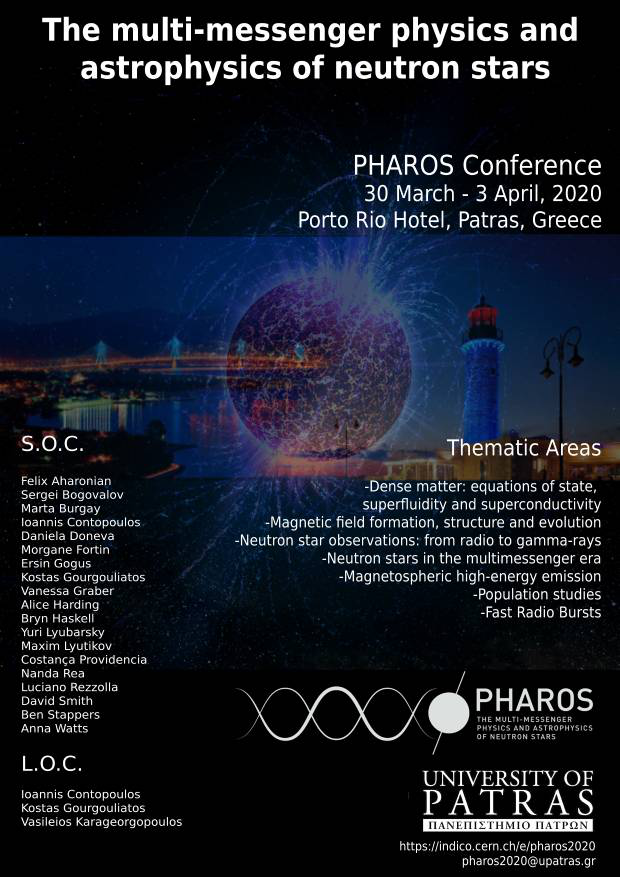Speaker
Description
Measuring the braking indices gives the opportunity to search out the braking mechanism of pulsars and evolutionary links between the population. Such measurements should be though rigorous in some cases due to the short and intermediate term effects, most notably timing noise and glitches which superimpose the long-term behaviour of the spindown rate. In particular, various interglitch recoveries observed in the glitching young pulsars are the major obstacle to measuring the long-term braking indices. All pulsars with observed large glitches exhibited ‘anomalous’ interglitch braking indices, characterized by the larger second time derivative of the rotation rate, induced by glitches. We present the extensive study of the interglitch timing fits of various pulsars, supporting the universal occurrence of a non-linear dynamical coupling between the neutron star crust and interior superfluid components. Based on our understanding of the internal torques and clearing out the contributions coming from glitches, we finally determine the best fiducial epochs when the response of internal torques to the previous glitches have been completed to infer the underlying braking indices.

